Tulip Bakeri ‘Lilac Wonder’
$12.00 Original price was: $12.00.$8.40Current price is: $8.40.
- Excellent customer service online in a timely manner
- The Quality Choice for Smart Shoppers
- 100% High Quality Guarantee
- Get the quality you deserve, for less.

Product Details
Lovely little Tulipa bakeri ‘Lilac Wonder’ recalls a sweet pink Crocus that arrived too late for the party. But unlike Crocus blooms, the flowers of this award winner open to form wide, flat stars with sunny yellow centers and stamens. Petals are veined a slightly deeper rosy purple. The blossoms are long lasting on 8″ stems and they seem to twinkle from the edges of sunny borders, nooks in the patio or terrace, and in rock gardens. We like it partnered with lemon yellow Triandrus Daffodils. Late.
Species Tulips are diminutive beauties ideal for niches in terraces, beneath deciduous trees and shrubs, and in rock gardens. With good drainage and lots of sun, they are especially long-lived.
Tulipa is an enormous genus, consisting of approximately 75 species. Tulips are native to areas including the Middle East and the foothills of the Himalayan mountains. These regions have long cold winters and hot, bone-dry summers, and these are the conditions in which Tulips perennialize (or, in other words, return year after year) most successfully. In North America, it’s difficult, if not impossible, to replicate these climatic conditions, and as a result, we recommend that most Tulips are treated as annuals. Plant the bulbs in fall, enjoy their colorful blossoms in spring, and when the flowers subside, remove the plants, including the bulbs, and compost or discard them. The advantages to this ritual are three-fold: You won’t spend weeks of spring waiting for second- or third-year Tulips that don’t bloom; you won’t spend weeks eyeing yellowing and decaying Tulip foliage in your gardens; and you can look forward to the considerable delight of choosing new varieties, colors, and forms each season to refresh your display.
All that said, there are a few Tulips that are more likely to perennialize than others. Species Tulips, sometimes referred to as “botanical Tulips,” have smaller, somewhat wilder looking flowers than the hybridized goblet forms, but they are more forgiving of milder climates, and they are known to return for two to three years in a favorable site. Long-stemmed, goblet-shaped Darwin hybrids have been bred to offer multi-year performance, and Fosteriana Tulips generally return for up to three years (and sometimes more) under ideal conditions.
Tips for Good Tulip Culture
Because this variety is a Species Tulip, it may rebloom for several years, if you follow the instructions below:
- After the blossoms are spent, remove them promptly, cutting the stem about 1” below the flower.
- Allow the remaining stem and foliage to continue growing and gathering energy for next season’s bloom
- Allow the foliage to turn yellow and droop to the ground. At that point, prune it out or remove it with a tug.
For more information on the growing and care of Tulips, click Growing Guide.
Be the first to review “Tulip Bakeri ‘Lilac Wonder’” Cancel reply
Related products
Garden Designs
Garden Classics
Bestsellers
Deer-Resistant Plants & Bulbs
Garden Classics
Foundation Plantings
Fragrant Plants & Bulbs
Garden Designs





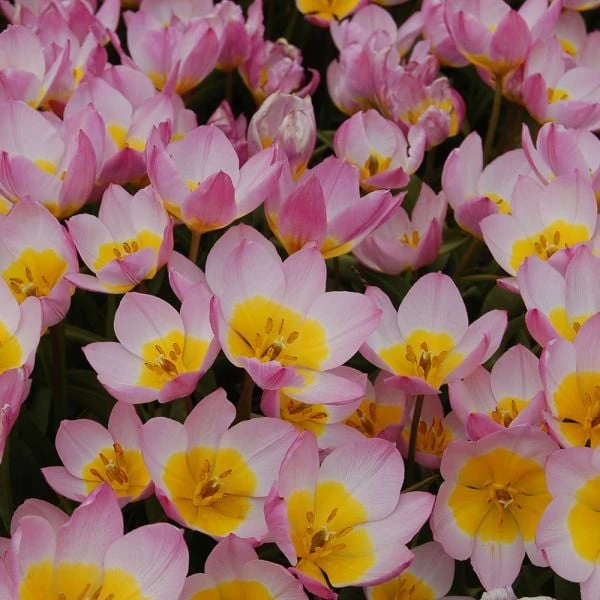


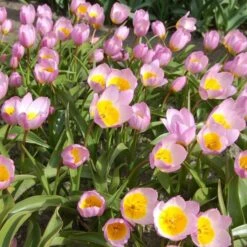



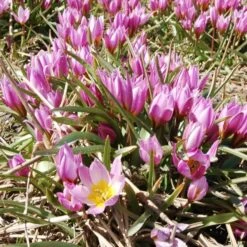
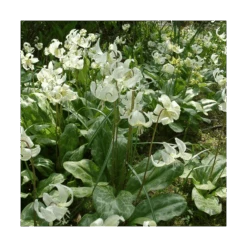
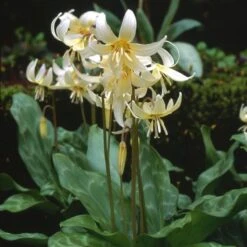




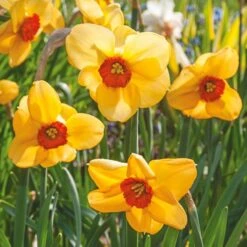
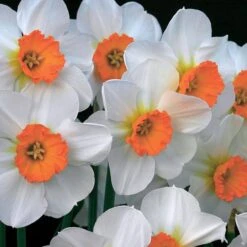



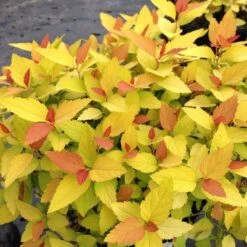

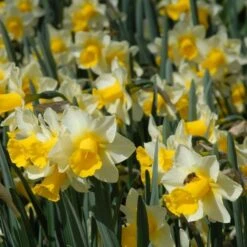

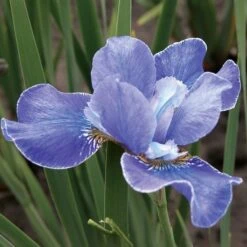
Reviews
There are no reviews yet.